Optimize MySQL usage Summary
With more and more database-driven applications, people have been pushing MySQL to its limits. Here are 101 tips for tuning and optimizing your MySQL installation. Some tips are specific to a specific installation environment, but the ideas are general. I have divided them into several categories to help you master more MySQL tuning and optimization skills. MySQL is a powerful open source database. With more and more database-driven applications, people have been pushing MySQL to its limits. Here are 101 tips for tuning and optimizing your MySQL installation. Some tips are specific to a specific installation environment, but the ideas are general. I have divided them into several categories to help you master more MySQL tuning and optimization skills. MySQL server hardware and operating system adjustments: 1. Have enough physical memory to load the entire InnoDB file into memory - accessing the file in memory is much faster than accessing it on the hard disk. 2. Avoid using Swap at all costs – swapping is done from the hard drive and is very slow. 3. Use battery-powered RAM (Note: RAM is random storage
1. Sharing of 101 debugging and optimization tips in MySQL
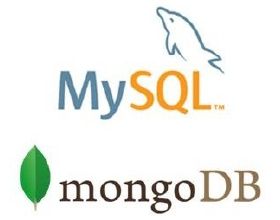
Introduction: With more and more database-driven applications, people have been pushing MySQL to its limits. Here are 101 tuning tips. Tips for optimizing your MySQL installation. Some tips are specific to your installation environment, but the ideas are general. I've divided them into several categories to help you master more MySQL tuning and optimization techniques
2. How to optimize mysql? Mysql related optimization
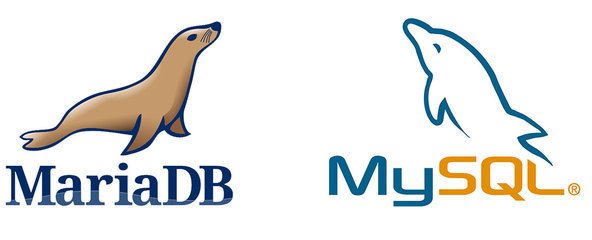
Introduction: This In most cases, I have introduced the applicable scenarios. If your application scenarios are different from those described in this article, it is recommended to make adjustments according to the actual situation instead of copying them mechanically. Questions are welcome, but no objections are accepted. After the brain’s habitual resistance
3. 21 suggestions for optimizing MySQL
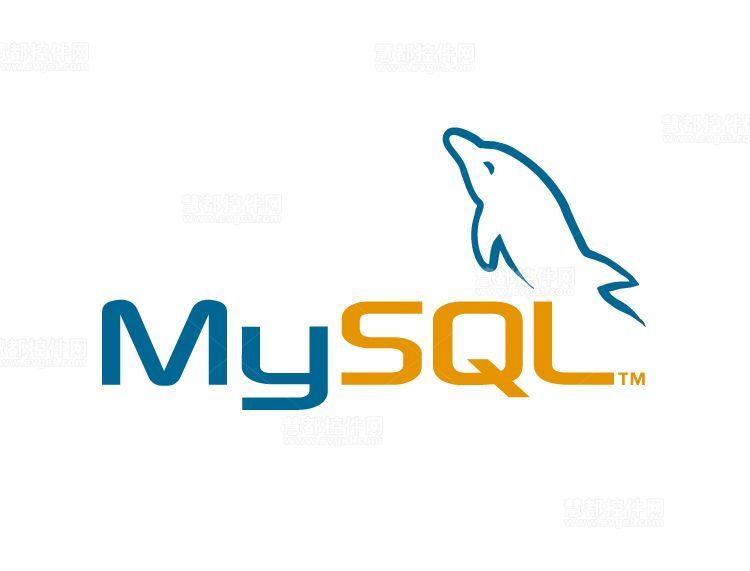
4.
Simple method for MySQL database optimization
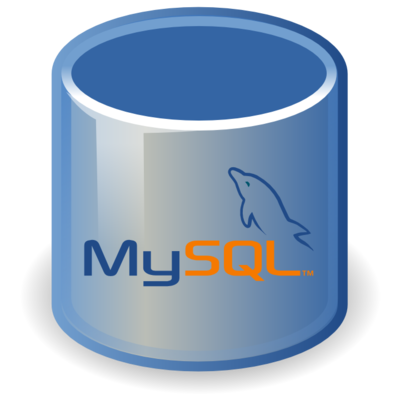
##5.
Detailed explanation of the sample code for optimizing paging in MySQL # Introduction: I only knew how to do paging when there is a large amount of data in the MySQL table. When the amount of data is large, it can be divided into tables, but I don’t know what to do if it is not divided into tables. . . Oh, the agent only has a few pieces of data, and the offset is completely blocked. Face). .
# Introduction: I only knew how to do paging when there is a large amount of data in the MySQL table. When the amount of data is large, it can be divided into tables, but I don’t know what to do if it is not divided into tables. . . Oh, the agent only has a few pieces of data, and the offset is completely blocked. Face). .
#6. Optimize paging in MySQL
Introduction: An interview question, how to do paging when there is a large amount of data in the MySQL table. . . . At that time, I only knew that when the amount of data was large, it could be divided, but I didn't know what to do when the table was regardless of table. . . . Alas, who asked the agent to just hold a few pieces of data, a simple limit, and offset completely (face covering 7. Ten parameters for optimizing mysql performance Detailed introduction of ## This profile: The number of connections that mysql can have. Get a lot of connection requests in a short time, which works, and then spend some time (though short) to check the connection and start a new thread #How to optimize mysql tens of millions of fast pages ## :: How to optimize mysql 10 million fast pages 9. Optimize mysql or use cache? #Introduction: Specifically, the two optimization strategies I want to compare are optimizing MySQL and caching. Note upfront that these optimizations are orthogonal, and the only reason you should choose one over the other is that they both cost money. Resources, that is, development time
##Introduction: A friend asked me how to optimize MySQL. I sorted it out based on my thinking. It can be roughly divided into 21 directions, as well as some details (table cache, table). Design, index design, terminal cache, etc.) will not be listed now. For a system, it is also a good system to complete the following in the early stage. ##How to automatically optimize mysql specified tables every day java - How do you use search engines such as lucence to optimize mysql database queries? php - How to automatically optimize mysql specified table every day

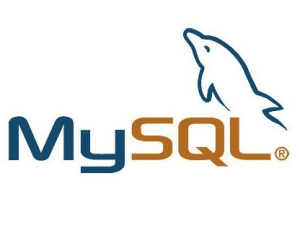 ##10.
##10.  [Related Q&A recommendations] :
[Related Q&A recommendations] :
The above is the detailed content of Optimize MySQL usage Summary. For more information, please follow other related articles on the PHP Chinese website!

Hot AI Tools

Undresser.AI Undress
AI-powered app for creating realistic nude photos

AI Clothes Remover
Online AI tool for removing clothes from photos.

Undress AI Tool
Undress images for free

Clothoff.io
AI clothes remover

Video Face Swap
Swap faces in any video effortlessly with our completely free AI face swap tool!

Hot Article

Hot Tools

Notepad++7.3.1
Easy-to-use and free code editor

SublimeText3 Chinese version
Chinese version, very easy to use

Zend Studio 13.0.1
Powerful PHP integrated development environment

Dreamweaver CS6
Visual web development tools

SublimeText3 Mac version
God-level code editing software (SublimeText3)

Hot Topics
 1662
1662
 14
14
 1419
1419
 52
52
 1313
1313
 25
25
 1262
1262
 29
29
 1235
1235
 24
24
 When might a full table scan be faster than using an index in MySQL?
Apr 09, 2025 am 12:05 AM
When might a full table scan be faster than using an index in MySQL?
Apr 09, 2025 am 12:05 AM
Full table scanning may be faster in MySQL than using indexes. Specific cases include: 1) the data volume is small; 2) when the query returns a large amount of data; 3) when the index column is not highly selective; 4) when the complex query. By analyzing query plans, optimizing indexes, avoiding over-index and regularly maintaining tables, you can make the best choices in practical applications.
 Can I install mysql on Windows 7
Apr 08, 2025 pm 03:21 PM
Can I install mysql on Windows 7
Apr 08, 2025 pm 03:21 PM
Yes, MySQL can be installed on Windows 7, and although Microsoft has stopped supporting Windows 7, MySQL is still compatible with it. However, the following points should be noted during the installation process: Download the MySQL installer for Windows. Select the appropriate version of MySQL (community or enterprise). Select the appropriate installation directory and character set during the installation process. Set the root user password and keep it properly. Connect to the database for testing. Note the compatibility and security issues on Windows 7, and it is recommended to upgrade to a supported operating system.
 MySQL: Simple Concepts for Easy Learning
Apr 10, 2025 am 09:29 AM
MySQL: Simple Concepts for Easy Learning
Apr 10, 2025 am 09:29 AM
MySQL is an open source relational database management system. 1) Create database and tables: Use the CREATEDATABASE and CREATETABLE commands. 2) Basic operations: INSERT, UPDATE, DELETE and SELECT. 3) Advanced operations: JOIN, subquery and transaction processing. 4) Debugging skills: Check syntax, data type and permissions. 5) Optimization suggestions: Use indexes, avoid SELECT* and use transactions.
 Can mysql and mariadb coexist
Apr 08, 2025 pm 02:27 PM
Can mysql and mariadb coexist
Apr 08, 2025 pm 02:27 PM
MySQL and MariaDB can coexist, but need to be configured with caution. The key is to allocate different port numbers and data directories to each database, and adjust parameters such as memory allocation and cache size. Connection pooling, application configuration, and version differences also need to be considered and need to be carefully tested and planned to avoid pitfalls. Running two databases simultaneously can cause performance problems in situations where resources are limited.
 Laravel Eloquent ORM in Bangla partial model search)
Apr 08, 2025 pm 02:06 PM
Laravel Eloquent ORM in Bangla partial model search)
Apr 08, 2025 pm 02:06 PM
LaravelEloquent Model Retrieval: Easily obtaining database data EloquentORM provides a concise and easy-to-understand way to operate the database. This article will introduce various Eloquent model search techniques in detail to help you obtain data from the database efficiently. 1. Get all records. Use the all() method to get all records in the database table: useApp\Models\Post;$posts=Post::all(); This will return a collection. You can access data using foreach loop or other collection methods: foreach($postsas$post){echo$post->
 RDS MySQL integration with Redshift zero ETL
Apr 08, 2025 pm 07:06 PM
RDS MySQL integration with Redshift zero ETL
Apr 08, 2025 pm 07:06 PM
Data Integration Simplification: AmazonRDSMySQL and Redshift's zero ETL integration Efficient data integration is at the heart of a data-driven organization. Traditional ETL (extract, convert, load) processes are complex and time-consuming, especially when integrating databases (such as AmazonRDSMySQL) with data warehouses (such as Redshift). However, AWS provides zero ETL integration solutions that have completely changed this situation, providing a simplified, near-real-time solution for data migration from RDSMySQL to Redshift. This article will dive into RDSMySQL zero ETL integration with Redshift, explaining how it works and the advantages it brings to data engineers and developers.
 The relationship between mysql user and database
Apr 08, 2025 pm 07:15 PM
The relationship between mysql user and database
Apr 08, 2025 pm 07:15 PM
In MySQL database, the relationship between the user and the database is defined by permissions and tables. The user has a username and password to access the database. Permissions are granted through the GRANT command, while the table is created by the CREATE TABLE command. To establish a relationship between a user and a database, you need to create a database, create a user, and then grant permissions.
 MySQL: The Ease of Data Management for Beginners
Apr 09, 2025 am 12:07 AM
MySQL: The Ease of Data Management for Beginners
Apr 09, 2025 am 12:07 AM
MySQL is suitable for beginners because it is simple to install, powerful and easy to manage data. 1. Simple installation and configuration, suitable for a variety of operating systems. 2. Support basic operations such as creating databases and tables, inserting, querying, updating and deleting data. 3. Provide advanced functions such as JOIN operations and subqueries. 4. Performance can be improved through indexing, query optimization and table partitioning. 5. Support backup, recovery and security measures to ensure data security and consistency.




